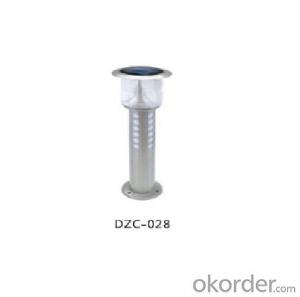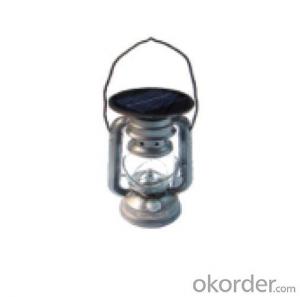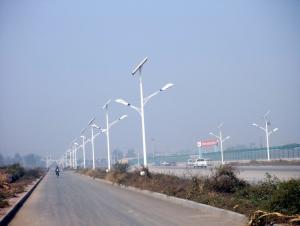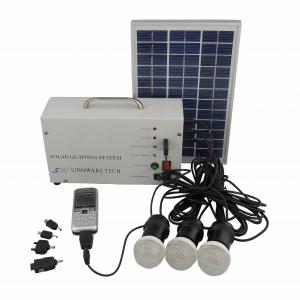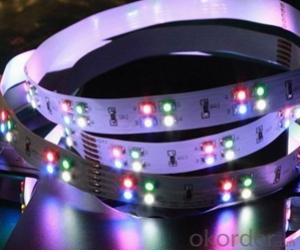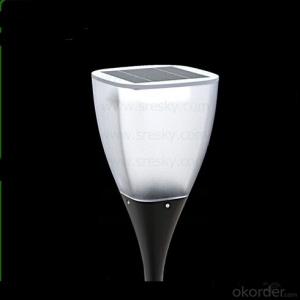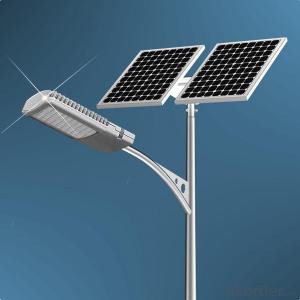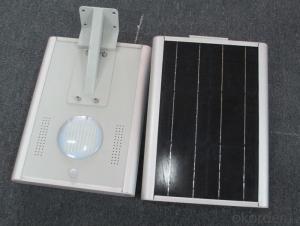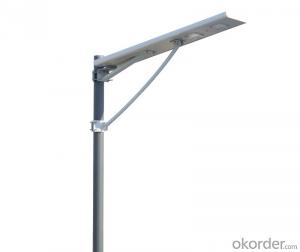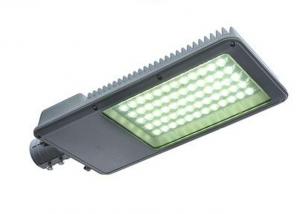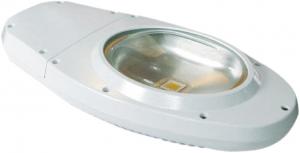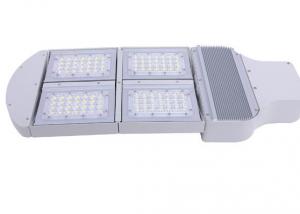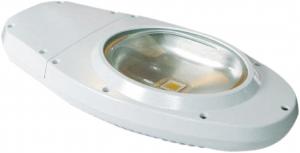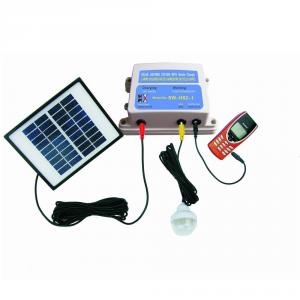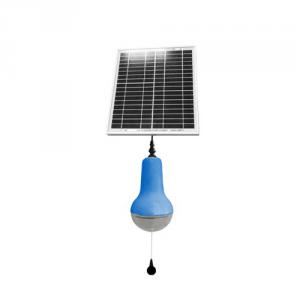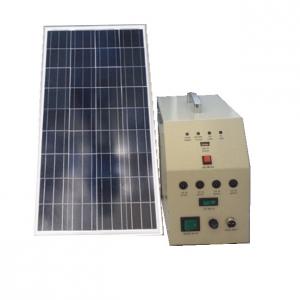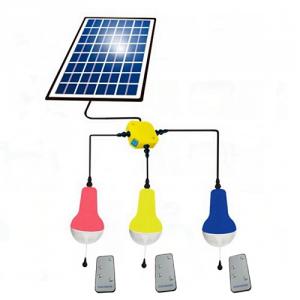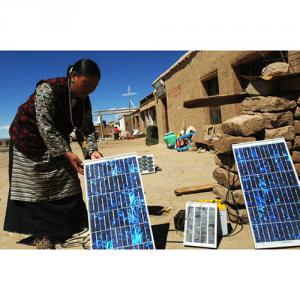Solar LED lawn Light DZC-028
OKorder Service Pledge
OKorder Financial Service
You Might Also Like
LED Lawn light
futures:
Over 50,000Hrs mean time between failures(depends on environment).
Superior color rendering index up to 90,near daylight quality.
Lamp Luminous Efficiency up to 100lm/w.
what we can offer:
1.Your inquiry related to our products or prices will be replied immediately.
2. Professional service from well-trained and experienced staffs is customers’ best choice to secure good
communication, on time delivery, reliable warranty etc.
3. OEM is available for Anern Products.
FAQ
Q:Are you manufacture or trading company
A:we are group company with facotries.
Q:Required mainly certificated?
A:Our product are certified by CE RoHS,IEC,C-tick etc.
Q:Your mainly export market?
A:The main market of our product is South-east Asia,Mid east,Africa, east Europe and latin America
Q:your main product produced?
A:solar section:solar street light, LED section:LED street light
light source:LED light
surfce process: spray paint
light material:cast alumimium
solar panel:mono
light control:light+time
working time:more than 6 hours per day
rainy day:2~3days
environment termperature:﹣30℃~60℃
- Q:Can solar lights be used for lighting up outdoor sculptures or statues?
- Yes, solar lights are an excellent option for lighting up outdoor sculptures or statues. They are easy to install, require no wiring or electricity, and can provide sufficient illumination while enhancing the aesthetic appeal of the artwork. Additionally, solar lights are energy-efficient and environmentally friendly, making them a popular choice for outdoor lighting solutions.
- Q:How do solar lights compare to traditional electric lights?
- Solar lights and traditional electric lights have their own unique advantages and disadvantages, making them suitable for different purposes. When considering cost, solar lights have a higher initial investment since they require the purchase of solar panels and batteries. However, they do not have any ongoing electricity costs, making them more economical in the long term. In contrast, traditional electric lights have lower upfront costs but can be more expensive to operate due to monthly electricity bills. In terms of installation, solar lights are generally easier to set up as they do not require complex wiring or access to an electrical grid. This makes them an excellent choice for remote areas or places without reliable electricity infrastructure. On the other hand, traditional electric lights require professional installation and access to electrical outlets or wiring, which can be more difficult and time-consuming. Both types of lights offer different levels of brightness and performance. Traditional electric lights typically have higher lumen output and are better suited for areas that require bright lighting, such as commercial or industrial spaces. Solar lights may have lower lumen output but are still appropriate for areas that need moderate or accent lighting, like residential gardens or pathways. One major advantage of solar lights is their environmental sustainability. They utilize renewable energy from the sun, reducing dependence on fossil fuels and decreasing carbon emissions. Additionally, solar lights do not contribute to light pollution since they only emit focused light where it is needed. In contrast, traditional electric lights rely on electricity generated from various sources, which may include non-renewable energy and contribute to light pollution. When it comes to maintenance, solar lights require periodic cleaning of the solar panels to ensure optimal performance. They also need occasional battery replacement after several years. Traditional electric lights may require more frequent maintenance, such as replacing bulbs or repairing electrical connections. Ultimately, the choice between solar lights and traditional electric lights depends on the specific requirements of the application. Solar lights are a more sustainable and cost-effective option for remote or off-grid locations, while traditional electric lights are better suited for areas that require high brightness and have reliable access to electricity.
- Q:Can solar lights be used all year round?
- Solar lights can be utilized throughout the entire year, as they are specifically designed to capture sunlight and convert it into stored electricity. This electricity is then used to power the lights when there is limited sunlight or during nighttime hours. Although the effectiveness of solar lights may differ based on the amount of available sunlight, they are still capable of functioning optimally in all seasons, including winter. Nevertheless, it is crucial to maintain the solar panels by removing any snow, debris, or obstacles that could hinder sunlight and subsequently reduce their efficiency.
- Q:Can solar lights be used in shaded areas?
- No, solar lights require direct sunlight to charge and function properly, so they are not suitable for shaded areas.
- Q:How do solar lights handle power fluctuations in areas with unreliable grid electricity?
- Solar lights are designed to handle power fluctuations in areas with unreliable grid electricity in a couple of ways. Firstly, solar lights are equipped with a built-in battery that stores energy generated from the sun during the day. This battery acts as a backup power source, allowing the lights to continue functioning even during power outages or fluctuations in the grid electricity supply. Additionally, solar lights often come with features like a charge controller or voltage regulator. These devices help regulate and stabilize the power input from the solar panel to the battery, ensuring that the stored energy is efficiently utilized and protected from any sudden surges or drops in the grid electricity. This helps in maintaining a consistent and reliable power supply to the lights, even in areas with unreliable grid electricity. Furthermore, solar lights are designed to be energy-efficient, using LED technology that requires minimal power consumption while providing adequate illumination. This ensures that the solar lights can operate for longer periods on the stored energy, minimizing the impact of power fluctuations and enhancing their reliability in areas with unreliable grid electricity. Overall, solar lights are specifically designed to handle power fluctuations in areas with unreliable grid electricity by incorporating battery backup systems, voltage regulators, and energy-efficient LED technology. These features ensure that the lights continue to function reliably, providing illumination even during power outages or fluctuations, and offering a sustainable lighting solution in areas with unreliable grid electricity.
- Q:How do I calculate the number of solar lights needed for an area?
- To calculate the number of solar lights needed for an area, you should consider the total area to be covered, the desired light intensity, and the wattage of each solar light. Divide the total area by the coverage area of one solar light to determine the minimum number of lights required. Adjust this number based on the desired light intensity and the wattage of each light to ensure adequate illumination for the area.
- Q:How do solar lights handle different seasons and sunlight variations?
- Solar lights are versatile and efficient when it comes to dealing with different seasons and variations in sunlight. In the summer, when there is plenty of sunlight, solar lights can charge their batteries fully and provide bright illumination all night long. With longer days and intense sunlight, the solar panels can capture maximum energy, ensuring that the lights have enough power for extended periods. During the winter, when the days are shorter and sunlight is less intense, solar lights may have a lower charging capacity. However, advancements in solar technology have made them more resilient. They come equipped with high-quality batteries that efficiently store energy, enabling them to provide illumination even during shorter nights. Some solar lights even have adjustable solar panels that can be angled to maximize sun exposure in low-light conditions. In addition, solar lights have built-in sensors that detect the level of ambient light. This feature allows them to automatically adjust their brightness based on the available sunlight. During the darker winter months, solar lights may dim automatically to conserve energy and ensure longer operation throughout the night. Furthermore, solar lights are typically made with weather-resistant materials, making them capable of withstanding various seasonal conditions such as rain, snow, and extreme temperatures. This durability ensures their functionality and longevity throughout the year. Overall, solar lights are designed to handle different seasons and variations in sunlight. Although their charging capacity may be reduced during winter, their efficiency and adaptability make them a reliable and sustainable lighting option for outdoor spaces.
- Q:What is the price range of solar lights?
- The price range of solar lights can vary significantly depending on factors such as the brand, quality, size, and features. Generally, basic solar lights can be found in the range of $10 to $30. However, more advanced and durable solar lights with additional features like motion sensors or remote controls can cost anywhere from $30 to $100 or more.
- Q:Are solar lights suitable for outdoor concert or performance lighting?
- Yes, solar lights are suitable for outdoor concert or performance lighting. They are portable, easy to set up, and do not require an electrical power source, making them convenient for outdoor events. Additionally, solar lights can provide sufficient illumination for small to medium-sized outdoor spaces, enhancing the overall ambiance of the concert or performance.
- Q:Can solar lights be used to illuminate large areas?
- Yes, solar lights can be used to illuminate large areas. Solar lights are powered by solar panels that convert sunlight into electricity, which is stored in rechargeable batteries. These lights are designed to be energy-efficient, providing illumination without relying on traditional electricity sources. To illuminate large areas, solar lights can be strategically placed to maximize the amount of sunlight they receive throughout the day. Additionally, advancements in solar technology, such as high-capacity batteries and efficient LED bulbs, have made it possible to generate brighter and longer-lasting light. This allows solar lights to effectively illuminate large outdoor spaces, such as parking lots, streets, parks, and even athletic fields. Furthermore, solar lights can be connected in a network to create a more comprehensive lighting solution for larger areas. By synchronizing multiple solar lights, it is possible to achieve a consistent and evenly distributed illumination across the entire area. While solar lights may not provide the same intensity of light as traditional electric lighting options, they offer a sustainable and cost-effective alternative for illuminating large areas. Additionally, solar lights do not require any wiring or electricity infrastructure, making them easier and cheaper to install and maintain.
1. Manufacturer Overview |
|
|---|---|
| Location | |
| Year Established | |
| Annual Output Value | |
| Main Markets | |
| Company Certifications | |
2. Manufacturer Certificates |
|
|---|---|
| a) Certification Name | |
| Range | |
| Reference | |
| Validity Period | |
3. Manufacturer Capability |
|
|---|---|
| a)Trade Capacity | |
| Nearest Port | |
| Export Percentage | |
| No.of Employees in Trade Department | |
| Language Spoken: | |
| b)Factory Information | |
| Factory Size: | |
| No. of Production Lines | |
| Contract Manufacturing | |
| Product Price Range | |
Send your message to us
Solar LED lawn Light DZC-028
OKorder Service Pledge
OKorder Financial Service
Similar products
New products
Hot products
Related keywords
